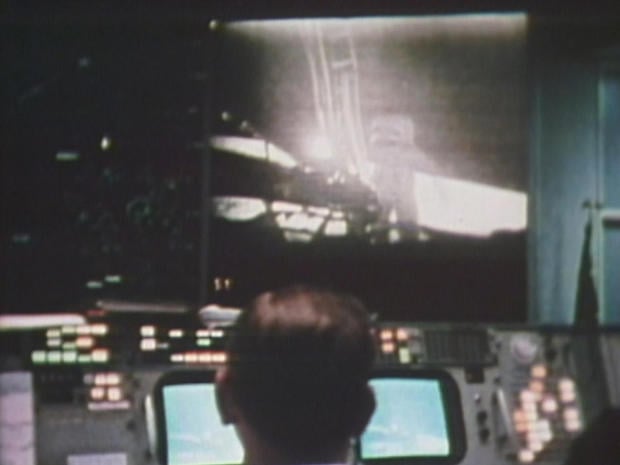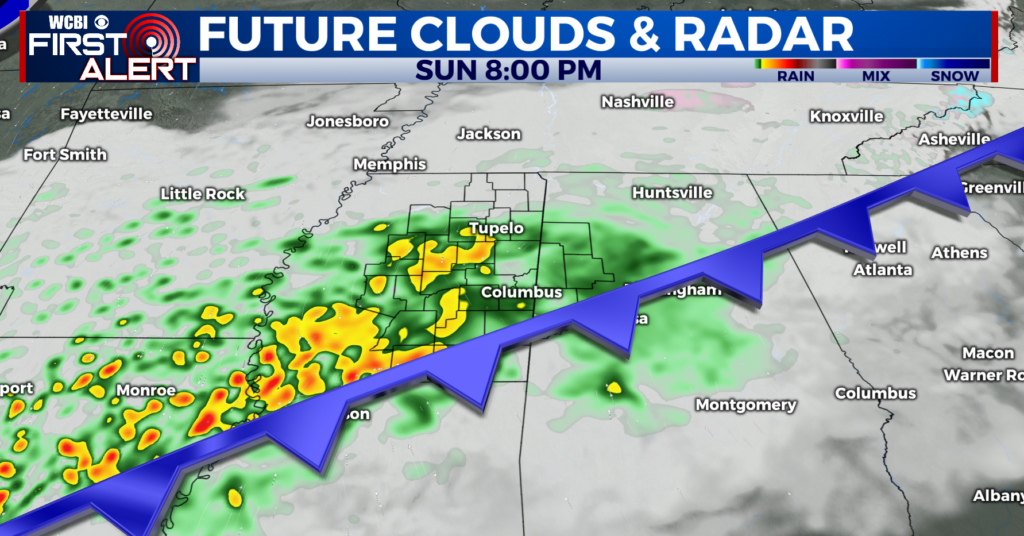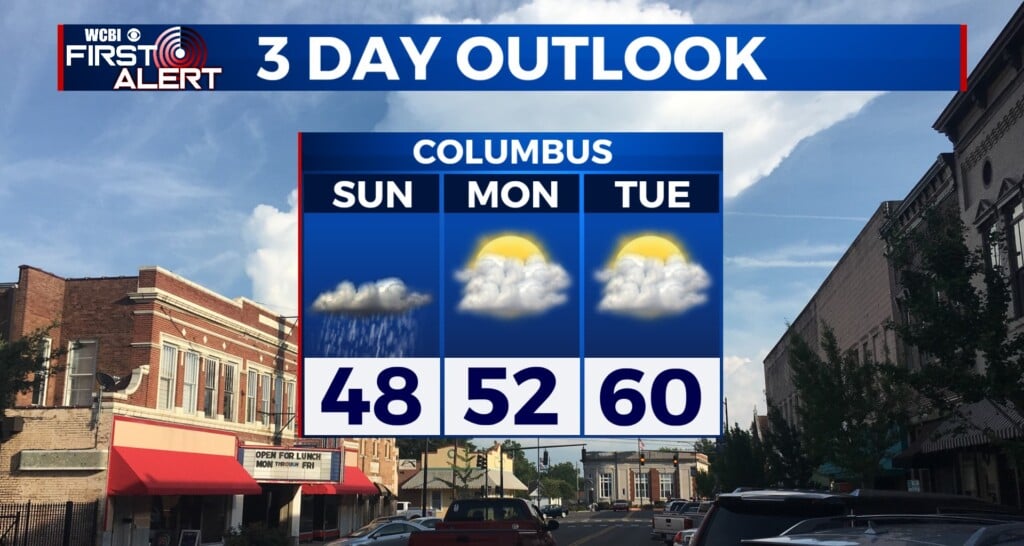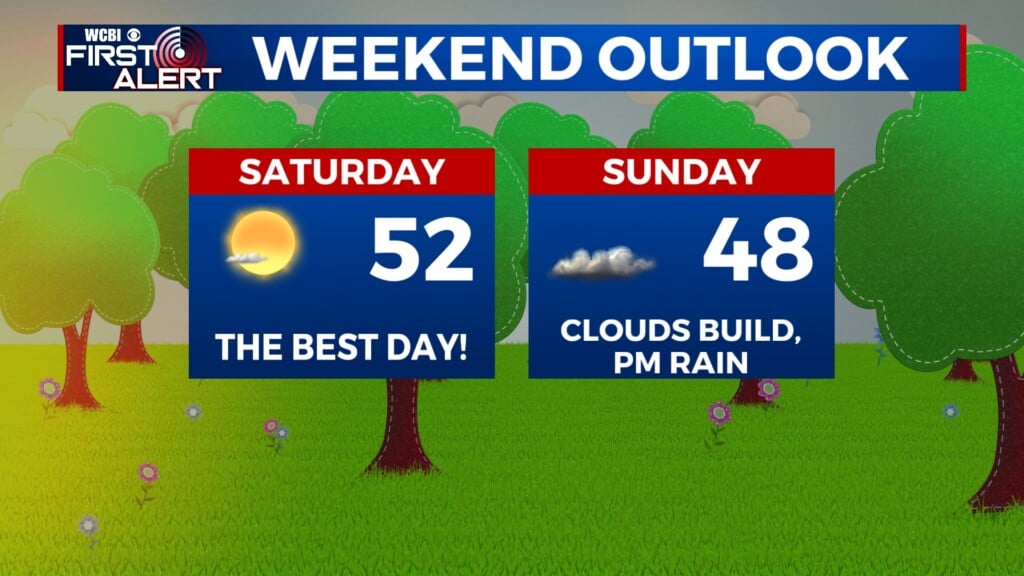NASA legends recall nerve-wracking moments before Apollo 11 landing
Fifty years ago tomorrow, Apollo 11 blasted off from Earth on its historic mission to the moon. All this week, CBS News is celebrating that accomplishment, and where mankind has come since, in a series of stories and interviews.
“Liftoff, we have a liftoff!”
When the Saturn V rocket – taller than the Statue of Liberty, and the most powerful rocket ever built – roared to life on July 16, 1969, the Apollo 11 mission soared into history.
NASA’s doers and dreamers sent three moon explorers: astronauts Neil Armstrong, Buzz Aldrin and Michael Collins.
“The three of us were just the tip of a gigantic technological iceberg, if you will,” said Collins, now 88. He said at liftoff Apollo 11’s crew felt g-force pressure, and more: “We felt the weight of the world on our shoulders. Everyone was looking. We were worried that we were going to screw something up.”
No wonder: the whole world was watching. American pride was also on the line, to achieve a goal set by President John F. Kennedy eight years earlier, to land a man on the moon and return him safely to the Earth.
After a three-day trip, the moon landing broadcast live drama 240,000 miles back to Earth. Collins stayed behind in the command module as Armstrong and Aldrin descended to the moon’s surface, but their lunar lander’s auto-pilot was sending them toward a crater.
“It was a very large crater,” Armstrong told Ed Bradley and “60 Minutes” in 2005. “Steep slopes on the crater, covered with very large rocks about the size of automobiles. That was not the kind of place I wanted to try to make the first landing.”
Armstrong, flying manually, had to improvise. He had roughly one minute of fuel to find a safe place to land.
Legendary flight director Gene Kranz was in charge at Houston’s Mission Control.
“It was like driving your car with the gas gauge reading empty,” Kranz said.
“The tension was through the roof,” said Charlie Duke, also in Mission Control, who was the man telling Armstrong he was flying on fumes.
Duke said the tension was so great at Mission Control there was dead silence. “I’d never heard Mission Control so quiet. So that tension, it was palpable. You could feel it.”
Armstrong finally spotted smooth terrain: “And we finally landed with nobody knows exactly how much fuel. Some estimates have it at 20 seconds’ [worth].”
“Houston, Tranquility Base here. The Eagle has landed.”
“Roger, Tranquility. We copy you on the ground. You’ve got a bunch of guys about to turn blue. We’re breathing again. Thanks a lot.”
Duke said, “The significance of what he had just done, of piloting this thing into this landing over these significant problems that they’d had on the descent, was remarkable.”
So remarkable, that almost everyone alive today has seen the grainy images of mankind’s first two moonwalkers. Six hundred million people back on Earth watched them, transfixed.

The Apollo 11 astronauts descend to the lunar surface, as seen in televised images viewed at Houston’s Mission Control. CBS News
Duke said, “It really to me brought the U.S. together and was very significant.”
“Especially given the turmoil of that decade,” said correspondent Mark Strassmann.
“Yeah, right.”
Kranz said, “It’s still hard for me to believe that we been there. We did that. We accomplished that.”
Armstrong and Aldrin spent almost a day on the surface. The dust they kicked up left them covered in lunar mystique.
“It’s a brilliant surface in that sunlight,” Armstrong said. “Predominantly gray. It’s an interesting place to be. I recommend it!”
Armstrong died in 2012. But his name never will.
NASA wants to put more men — and the first women — on the moon, ideally by 2024, under a program called Artemis.
For more on the Apollo 11 anniversary:





Leave a Reply